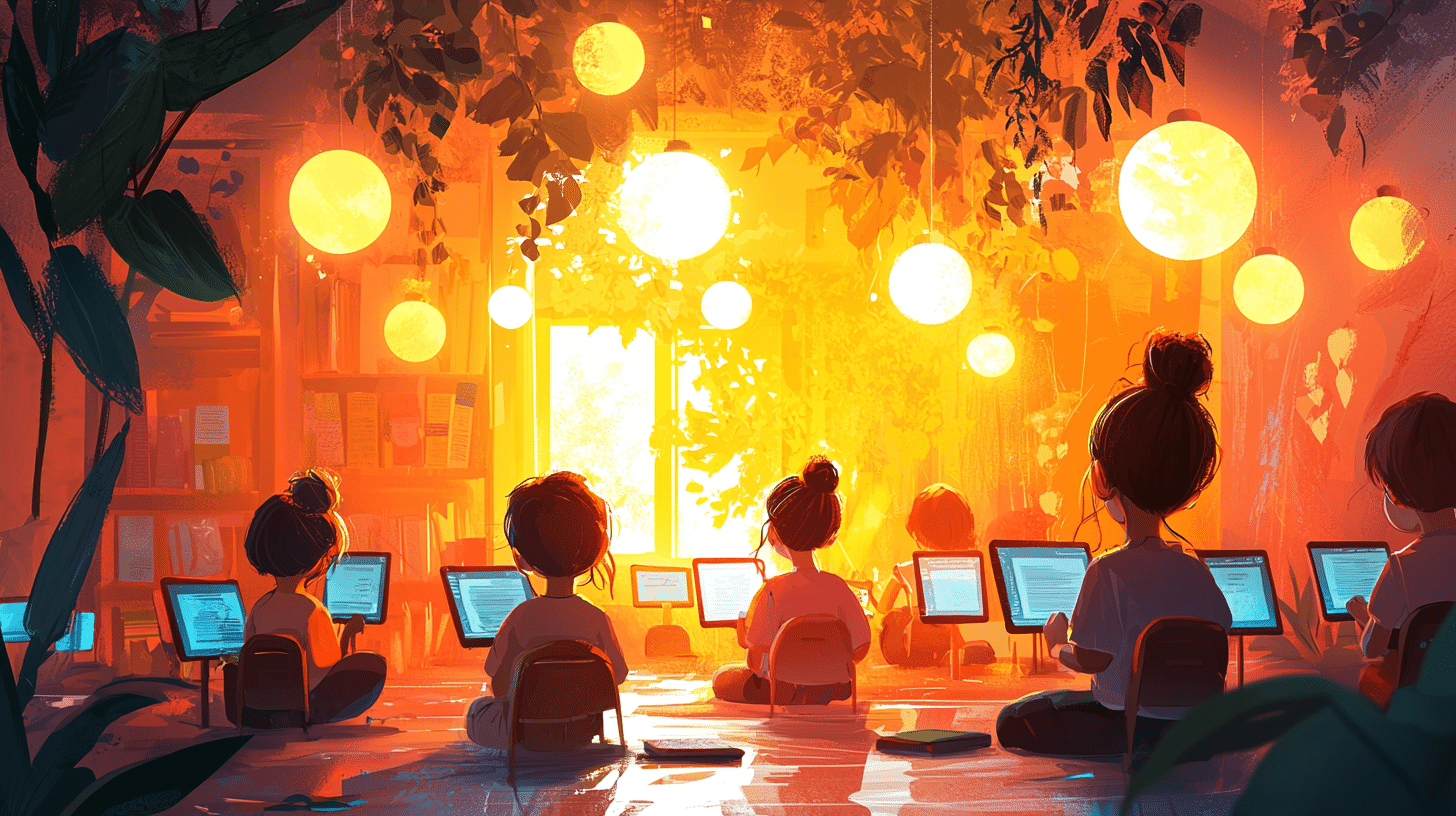Hindi, one of the most widely spoken languages in the world, has a profound and far-reaching influence on art and literature. As the official language of India and a key component of the country’s rich cultural tapestry, Hindi has played a pivotal role in shaping not just the literary landscape but also the broader artistic expressions in South Asia. This article delves into the myriad ways Hindi has influenced art and literature, exploring its historical roots, literary achievements, and contributions to various art forms.
The Historical Roots of Hindi
Hindi belongs to the Indo-Aryan branch of the Indo-European language family. Its origins can be traced back to Classical Sanskrit, which served as a liturgical language in ancient India. Over time, Prakrit languages evolved from Sanskrit, and from these, Apabhramsha dialects emerged. By the 10th century, these dialects had further evolved into early forms of Hindi.
The Delhi Sultanate and the Mughal Empire significantly influenced the development of Hindi. Persian, the court language during these periods, left an indelible mark on Hindi, contributing a vast array of vocabulary. Additionally, the Bhakti and Sufi movements popularized Hindi as a medium for devotional and mystical poetry, making it accessible to the masses.
Hindi Literature: A Rich Tapestry
Hindi literature can be broadly categorized into four main periods: Adi Kaal (Early Period), Bhakti Kaal (Devotional Period), Riti Kaal (Classical Period), and Adhunik Kaal (Modern Period). Each period has its unique characteristics and contributions to the literary canon.
Adi Kaal (Early Period)
This period, spanning from the 7th to the 14th century, is characterized by heroic and religious poetry. The earliest known Hindi literature is found in the form of epics and ballads. Notable works from this period include “Prithviraj Raso,” attributed to Chand Bardai, which recounts the valor of King Prithviraj Chauhan.
Bhakti Kaal (Devotional Period)
The Bhakti Kaal, from the 14th to the 17th century, saw a surge in devotional poetry dedicated to Hindu gods and goddesses. This period is marked by the works of poets like Kabir, Tulsidas, and Mirabai, who wrote in vernacular Hindi to reach a broader audience. Tulsidas’s “Ramcharitmanas,” a retelling of the Ramayana, is one of the most revered texts in Hindi literature.
Riti Kaal (Classical Period)
The Riti Kaal, spanning the 17th and 18th centuries, is known for its ornate and classical poetry. Poets like Bihari, Keshavdas, and Padmakar composed intricate verses that focused on themes of love, valor, and nature. This period also saw the influence of Persian literary traditions.
Adhunik Kaal (Modern Period)
The Adhunik Kaal, beginning in the 19th century and continuing to the present, marks a period of significant transformation and innovation in Hindi literature. This era has witnessed the emergence of various literary forms, including novels, short stories, and plays. Renowned writers like Munshi Premchand, Jaishankar Prasad, and Mahadevi Verma have made significant contributions, addressing contemporary social issues and human experiences.
Hindi’s Influence on Indian Cinema
Indian cinema, particularly Bollywood, has been profoundly influenced by Hindi. Bollywood, the Hindi-language film industry based in Mumbai, is one of the largest and most prolific film industries in the world. Hindi cinema has not only entertained millions but also served as a powerful medium for storytelling and cultural expression.
Golden Age of Hindi Cinema
The 1940s to the 1960s is often referred to as the Golden Age of Hindi cinema. During this period, filmmakers like Raj Kapoor, Guru Dutt, and Bimal Roy produced iconic films that combined artistic excellence with social commentary. Movies like “Mother India,” “Pyaasa,” and “Mughal-e-Azam” are celebrated for their compelling narratives and memorable performances.
Modern Hindi Cinema
Contemporary Hindi cinema continues to evolve, embracing diverse genres and themes. Filmmakers like Anurag Kashyap, Zoya Akhtar, and Ritesh Batra have garnered international acclaim for their innovative storytelling and cinematic techniques. Films like “Gully Boy,” “The Lunchbox,” and “Queen” showcase the dynamic range and global appeal of modern Hindi cinema.
Hindi in Music: A Melodic Legacy
Music is an integral part of Indian culture, and Hindi has played a crucial role in shaping its musical traditions. From classical compositions to contemporary pop songs, Hindi lyrics have resonated with audiences across generations.
Classical Music
Hindi has a rich tradition of classical music, with genres like Khayal, Thumri, and Bhajan being sung in the language. Legendary musicians like Pandit Ravi Shankar, Lata Mangeshkar, and Kishori Amonkar have contributed to the classical music repertoire with their soul-stirring renditions.
Bollywood Music
Bollywood music, characterized by its catchy melodies and poetic lyrics, is a global phenomenon. Composers like R.D. Burman, A.R. Rahman, and Shankar-Ehsaan-Loy have created timeless songs that blend traditional Indian music with contemporary styles. Bollywood songs often serve as an emotional and narrative vehicle in films, enhancing the storytelling experience.
Hindi’s Impact on Theatre
Theatre has a long-standing tradition in India, and Hindi has been a dominant language in this artistic medium. Hindi theatre has produced numerous playwrights, directors, and actors who have significantly contributed to the art form.
Classic Hindi Theatre
Classic Hindi theatre has its roots in folk traditions and ancient Sanskrit drama. Playwrights like Bhartendu Harishchandra and Jaishankar Prasad laid the foundation for modern Hindi theatre with their pioneering works. Bhartendu’s play “Andher Nagari” and Prasad’s “Skandagupta” are considered classics in Hindi theatre.
Contemporary Hindi Theatre
Contemporary Hindi theatre continues to thrive, exploring new themes and experimental forms. Playwrights like Mohan Rakesh, Vijay Tendulkar, and Girish Karnad have brought fresh perspectives to Hindi theatre, addressing social issues and human dilemmas. Theatre groups like the National School of Drama (NSD) and Prithvi Theatre have been instrumental in promoting Hindi theatre and nurturing new talent.
Hindi in Visual Arts
Hindi has also made its mark in the visual arts, influencing painting, sculpture, and other forms of artistic expression. Indian artists have often drawn inspiration from Hindi literature, mythology, and cultural heritage.
Miniature Paintings
Miniature paintings, particularly from the Mughal and Rajput schools, often depict scenes from Hindi literature and mythology. Artists like Manaku and Nainsukh created intricate paintings that illustrate stories from epics like the Ramayana and Mahabharata, as well as themes from Bhakti poetry.
Modern and Contemporary Art
Modern and contemporary Indian artists continue to draw inspiration from Hindi literature and culture. Artists like M.F. Husain, Tyeb Mehta, and Arpita Singh have incorporated elements of Hindi language and themes into their works, creating a unique fusion of traditional and contemporary art.
Hindi’s Role in Digital and Social Media
In the digital age, Hindi has found new avenues for expression and influence. Social media platforms, blogs, and websites have become important spaces for Hindi literature, art, and cultural exchange.
Online Literature and Poetry
The internet has democratized access to Hindi literature and poetry. Numerous websites and online forums are dedicated to Hindi writing, allowing writers and poets to share their work with a global audience. Platforms like Pratilipi and YourQuote have become popular among Hindi writers, fostering a vibrant online literary community.
Social Media
Social media platforms like Facebook, Twitter, and Instagram have given Hindi speakers a voice in the digital world. Influencers, content creators, and artists use these platforms to share their work, engage with their audience, and promote Hindi culture. Hashtags like #HindiPoetry and #HindiLiterature have become popular, facilitating the discovery of Hindi content.
Conclusion
Hindi’s influence on art and literature is both profound and enduring. From its historical roots in ancient India to its contemporary manifestations in digital media, Hindi has shaped and enriched various forms of artistic expression. Its impact on literature, cinema, music, theatre, and visual arts underscores the language’s versatility and cultural significance. As Hindi continues to evolve and adapt to new contexts, its contributions to art and literature will undoubtedly remain a vital part of India’s cultural heritage and global artistic landscape.

